There are things beyond your control no matter how well-prepared you are. Natural calamities such as a typhoon could bring strong gusts of wind along with a heavy downpour, a deadly one-two punch combo. It can cause structural damage and flooded roads, which is a grim scenario that the Filipino people experienced when typhoon Ondoy, Yolanda, and Ulysses hit the country.
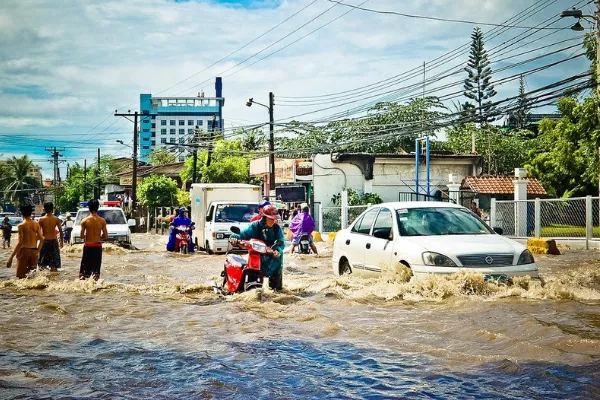
In the Philippines, sudden downpour can lead to flooded roads
One of the many casualties of a typhoon is flooded cars, and it’s a no brainer that a flood can do great damage to a vehicle. The car’s engine, computer box, interior, and so on are at risk when it gets submerged in floodwater. However, this doesn’t mean that there’s no chance of resurrecting a car. There are ways on how to revive a flooded vehicle, and here are the first aid responses or procedures that you need to do when your car got submerged in a flood.
Don’t try to start your car’s engine
Do not try to start your car’s engine when it got submerged in a flood. Starting your car’s engine could lower the chances of resurrecting your vehicle. The reason behind this is that water can damage your car’s electrical system, computer box, engine, transmission, and other components. Bottom line is, starting your car can do more damage to your flooded vehicle.
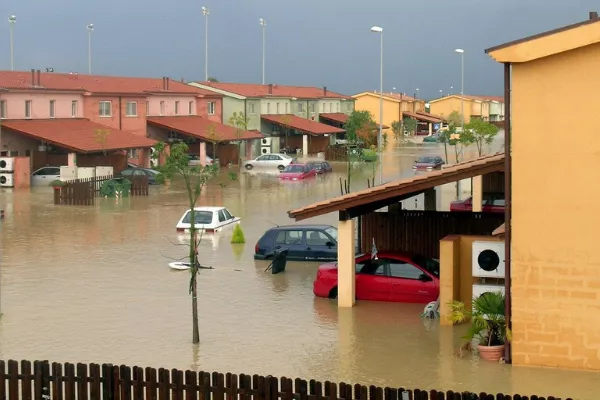
Starting your car's engine can do more damage
Assess your flooded car
The first thing you should do is to assess your flooded car. Yes, obviously floodwater has already wreaked havoc on your car. What you need to do is check how deep the car was submerged. There’s a high probability that mud and debris from the flood will leave a mark on your car’s exterior and interior. By doing this, you can set an expectation as to how damaged your car is.
Unlock your car
After assessing your flooded car, the next thing you need to do is to get rid of all the water in your vehicle. However, the tricky part is when unlocking your car. Most cars nowadays come with a central locking system. This means that you need to unlock your car using your car’s remote, which could cause a short circuit. Similar to other emergencies, you need to weigh the pros and cons.
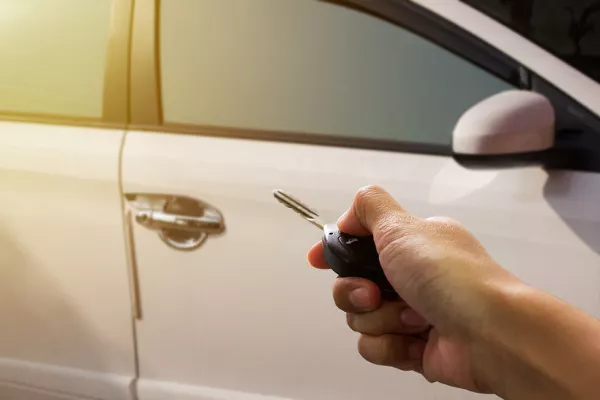
You need to unlock and get access inside your flooded car
In a situation such as this, you don’t have a lot of options since you need to unlock your car first to be able to deactivate its central locking system. On the other hand, opening it using the keys will trip the alarm as well. So, you essentially have no other option but to unlock it using the remote.
The thing that you need to remember is that you need to unlock and get inside of your vehicle to initiate a first aid response to your car, which is to remove all the water. A first aid response is a must since getting hold of a mechanic or car expert after a flood could be difficult. As such, you need to take action while waiting for your trusted mechanic to rescue your flooded car. This will also increase your car’s chances of roaring back to life.
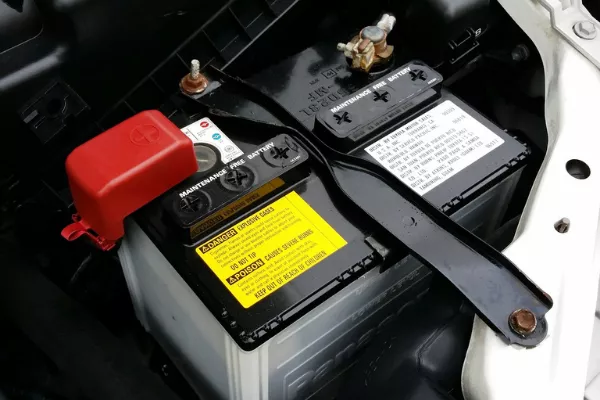
Remove both terminals
>>> Related: Causes of water-damaged engine and tips to protect your car
Disconnect your car’s battery
Before you start working on your flooded car, you need to open the hood and disconnect your car’s battery. Remove both the positive and negative terminal rods so that you can eliminate the possibility of a short circuit. Of note, remove the negative terminal first. Most terminals come with a positive (+) or negative (-) symbol.
Remove the water inside your car
After disconnecting the car’s battery, start removing the water inside your car. It’s also advisable to leave all your car’s doors open to have airflow and to release the odor caused by the floodwater. You can use a towel to soak up water in order to dry out the car’s interior. You also need to remove the carpets inside your car and let it dry. Now, if possible, you can remove the seats as well.
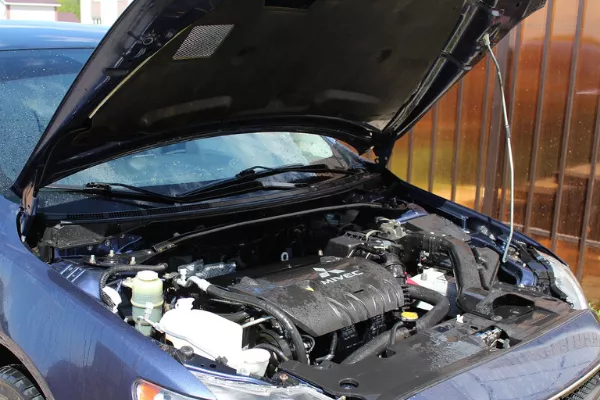
Check everything under the hood
>>> Related: 8 steps to do when your car gets flooded in the Philippines
Check your car’s fluids and air filter
While you’re letting your car’s interior to dry out, the next thing you should do is to check your car’s fluids such as the brake, coolant, engine oil, and so on. If the fluids are watery to the touch, there’s a high chance that floodwater was able to penetrate. Droplets of water in the dipstick is also an indication that floodwater has crept inside the engine.
Let your car’s interior and engine components dry out
If you’re not a car expert, it is advisable to call for your trusted or an experienced mechanic to do the rest of the restoration process. The important thing is that you’ve done all the necessary first aid response stated above. By doing those procedures, you’ll increase your car’s chances of survival. Of note, don’t attempt to start your car’s engine.
Let it dry out as you wait for a mechanic to do the rest of the process. Let’s be honest, not all of us are equipped or trained to do mechanical stuff, right? Leave it to the experts since restoring a flooded car requires the utmost accuracy. What you need to do is to conduct an immediate first aid response by eliminating as much floodwater as you can.
Visit Philkotse.com to get more car care tips and advice.
Recent posts
- safest cars Philippines ASEAN NCAP Jan 26, 2021
- NLEX Typhoon Ulysses Updates Nov 12, 2020
- brake fade after flood Mar 01, 2021
- 5 Steps to Know If You Are Buying a Flood Damaged Car Sep 10, 2018
- Best car features to drive through flood in the Philippines Dec 31, 2020











